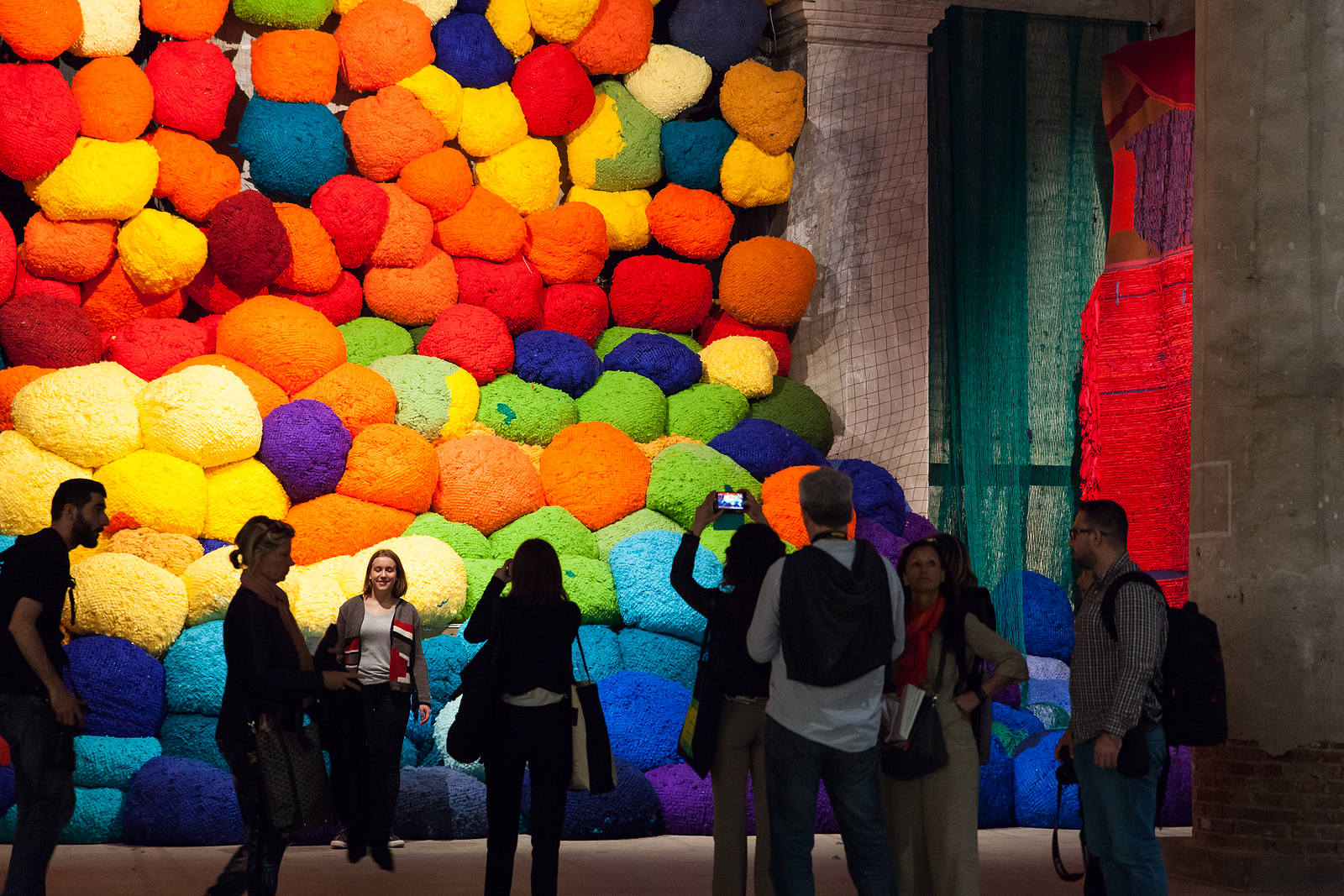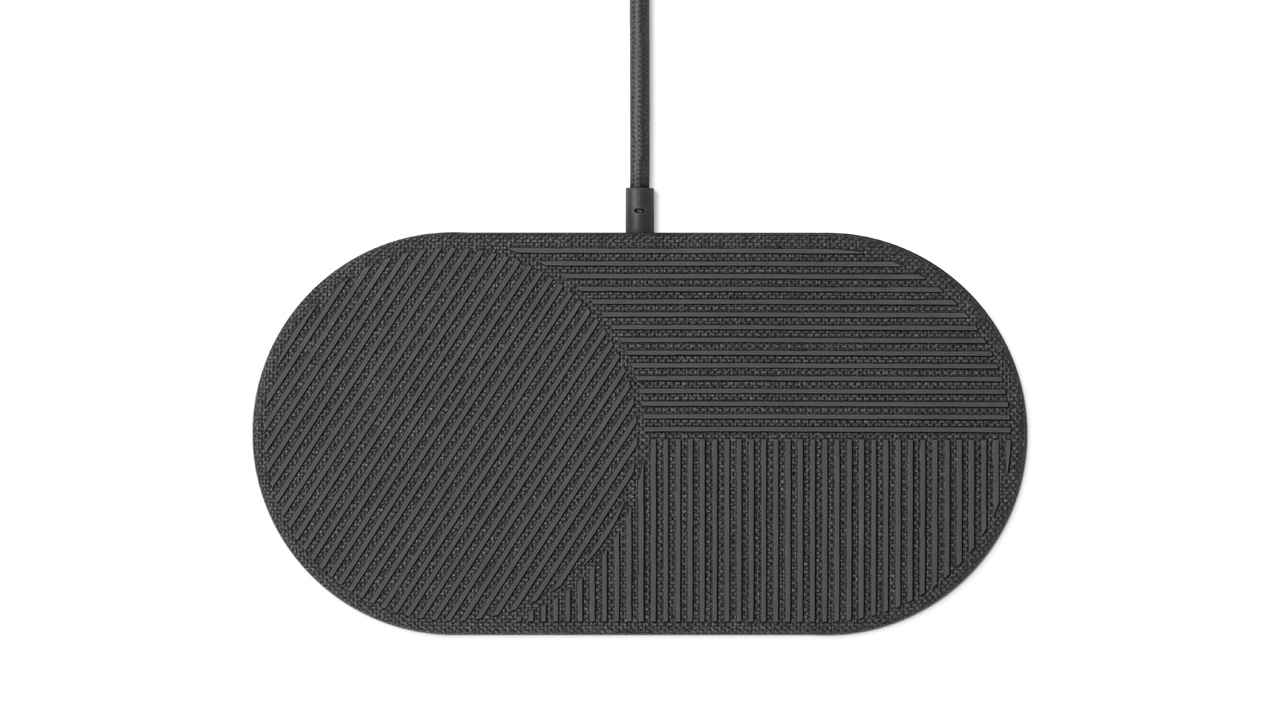Textiles are among the most ancient art mediums that exist. From Persian hand-woven rugs to Chinese silks to European tapestry, there are many examples of this art form around the world. People throughout the centuries have used fabrics to warm themselves, decorate their homes, preserve their heritage, and tell stories of their ancestors. In our modern times, we have seen a revitalization of this historical craft. But what is it that draws people to textile art?
Why Is Textile Art So Huge Today?
The answer to the question of why thread-based art is a major trend today seems like an obvious one. After all, one does not simply discard a thousand-year-old tradition. Moreover, fabric is extremely common and comes in an endless variety of textures, materials, and colors.
Another reason for textile art’s popularity might be rooted in its history. A very long time ago, working with fabric and weaving, in particular, was considered something only women did. That placed certain constrictions on what textile arts could represent and look like. However, today, in an age when people are rejecting unfair gendered norms, making art from fabric can be viewed as a radical act. Artists like Nick Cave and Sheila Hicks have dedicated their art to combatting the prejudice around the medium, bringing it into the public eye and, effectively, shattering the preconceived notions about it.
Furthermore, the cultural significance of textile arts attracts artists of all backgrounds who use it to reconnect with their heritage. Artists use the craft of their ancestors to draw attention to issues their people face, explore cross-generational traumas, grieve those they lost, and celebrate new life.
Finally, an amazing thing about textile as an artistic medium is its versatility. While rugs and tapestry are usually flat, contemporary creatives go beyond that. The unique characteristics of various types of fabric allow them to emulate real life in striking detail, be it animal fur or human internal organs. Textile sculptures possess the fluidity that very few other materials have.
Just like any artistic medium, textile art is a form of creative self-expression. The need to respond to the world around us is something that all humans who have ever lived on this planet have in common. As Sheila Hicks once said, “Textile is a universal language,” and contemporary people can use it to speak to those who came before us.



